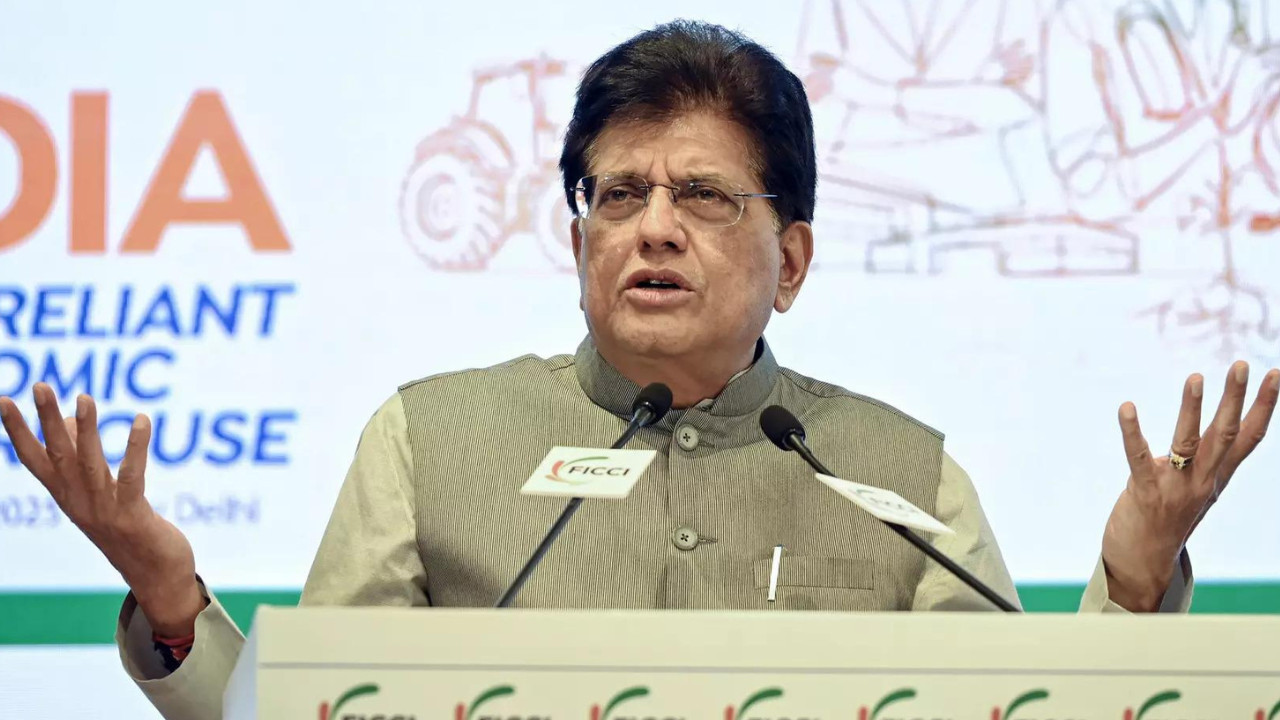Indian equity valuations, while slightly below historical averages, remain expensive compared to regional peers amid slowing earnings growth. This has led foreign investors to reduce exposure, as India becomes less appealing with weakening nominal GDP growth. Some global fund managers are shifting allocations to cheaper markets like China, Europe, and Japan.
Navigating the Market Maze: Are Indian Stocks Really Getting Cheaper?
The Indian stock market, a landscape often painted with broad strokes of bullish enthusiasm, is showing some interesting nuances these days. While the overall narrative remains positive, a closer look reveals that valuations, the metric investors use to gauge if a stock is fairly priced, have dipped below their long-term averages. But before you start picturing a fire sale, it’s important to understand the context.
For years, Indian equities have commanded a premium, driven by factors like rapid economic growth, a burgeoning middle class, and the sheer optimism surrounding the country’s potential. Think of it like real estate in a desirable city – everyone wants a piece, driving up prices. This premium meant that Indian stocks typically traded at higher multiples of their earnings compared to other emerging markets.
So, what’s changed? Several factors are at play. Global economic uncertainty, fueled by persistent inflation and fluctuating interest rates, has cast a shadow over investor sentiment worldwide. This, coupled with domestic concerns about slowing growth in certain sectors, has led to a more cautious approach to investment. We’re seeing a return to fundamentals, with investors paying closer attention to underlying company performance and profitability.
However, the “dip” should be taken with a grain of salt. While valuations have retreated from their peak, they still remain elevated compared to India’s peers in other emerging markets. This suggests that the “India premium,” though diminished, hasn’t entirely vanished. Investors are still willing to pay a bit more for the perceived stability and growth prospects of the Indian economy.
One of the key metrics used to assess market valuation is the Price-to-Earnings (P/E) ratio. This ratio compares a company’s stock price to its earnings per share. A higher P/E ratio generally indicates that investors are expecting higher earnings growth in the future. The recent decline in Indian equity valuations suggests a recalibration of these expectations.

But it’s not all doom and gloom. This correction in valuation could be a healthy development. It weeds out the overvalued stocks and creates opportunities for discerning investors to identify companies with strong fundamentals that are now trading at more attractive prices. Imagine it like a forest fire – it clears out the deadwood and allows new growth to flourish.
Think of specific sectors. Some, like financials and consumer discretionary, might be perceived as relatively expensive due to their historical outperformance. Others, such as industrials and infrastructure, might offer better value given the government’s continued focus on infrastructure development. Sector-specific analysis is crucial in navigating this market. For more insights, consider reading our related article on [investment strategies for emerging markets](internal-link-url-here).
Furthermore, the long-term growth story of India remains compelling. The country’s demographic dividend, increasing digital penetration, and ongoing reforms are all positive factors that support the investment thesis. This suggests that while short-term volatility may persist, the overall trajectory of the Indian stock market is likely to remain upward. The recent market movements underscore the importance of a well-diversified portfolio and a long-term investment horizon. Panic selling based on short-term fluctuations is rarely a winning strategy.
Instead, this period presents an opportunity for investors to re-evaluate their portfolios, identify undervalued stocks, and position themselves for future growth. By focusing on companies with strong fundamentals, sustainable business models, and capable management teams, investors can navigate the market maze and emerge with positive returns. The key is to remain informed, stay disciplined, and avoid getting caught up in the hype or fear that often drives market sentiment. Are Indian equity valuations truly becoming more reasonable? Perhaps, and that’s something savvy investors can leverage.
In conclusion, while Indian equity valuations have indeed experienced a correction, they still remain elevated compared to their peers. This presents a nuanced picture, demanding careful analysis and a selective approach to investment. The long-term growth story of India remains intact, making it an attractive destination for investors willing to look beyond short-term volatility and focus on fundamental value.







